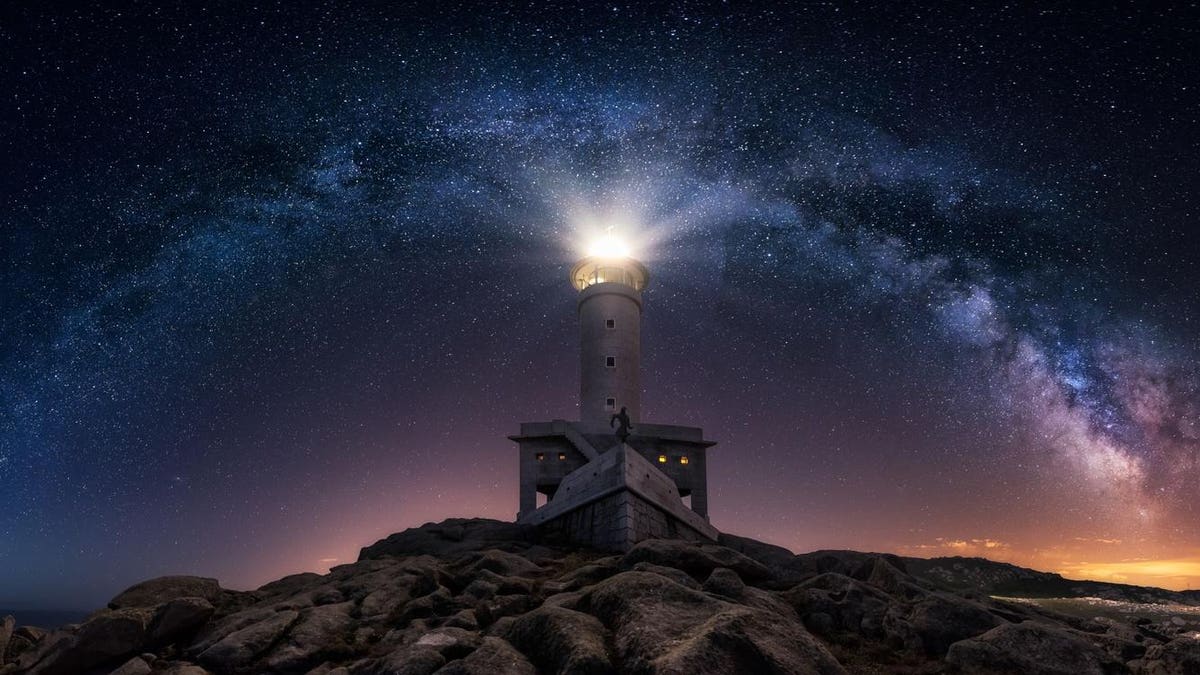Scientists have found a group of ancient stars orbiting close to the center of our galaxy that may have formed in just the first billion years of the universe.
That’s news because old stars are generally only found around the very edges of the Milky Way within the 150+ globular clusters—also called “galactic wanderers”—which may be linked to supermassive stars.
The Pristine Inner Galaxy Survey (PIGS), which reported their results at this week’s National Astronomy Meeting 2023 at Cardiff University in Wales, UK, were looking near the galaxy’s center because galaxy formation models suggest that there ought to be ancient stars there—though very few have ever been seen before.
That’s because the ancient stars in the galaxy’s center are both shrouded by dust and hugely outnumbered by younger stars, making identification difficult.
Relics From the Early Universe
However, these ancient stars are very different to younger stars. While younger stars—such as our sun—comprise all kinds of heavy elements forged in supernova explosions (such as oxygen, carbon and iron), these ancient stars came to be before those elements were abundant. So ancient stars are made largely from hydrogen and helium.
The PIGS survey found that these ancient stars are moving gradually despite likely being born in chaos.
“It is exciting to think that we are seeing stars that formed in the earliest phases of the Milky Way, previously largely out of reach,” said Dr Anke Arentsen from the University of Cambridge and a PIGS member. “These stars likely formed less than a billion years after the Big Bang, so are relics from the early Universe.”
Key to How Galaxies Form
This largest set yet of detailed observations for pristine inner galaxy stars were obtained using the Canada-France-Hawaii Telescope (CFHT) in Mauna Kea, Hawaii and checked using the Anglo-Australian Telescope (AAT) at the Siding Spring Observatory, Australia.
The data—which was then combined with data from the Gaia space mission to see how these ancient stars move through the Milky Way—should help scientists understand what all galaxies are like as they were starting to form.
The Big Bang is the dominant theory of how the universe came to exist. Occurring 13.8 billion years ago, it’s thought to be the moment when a hot, dense fireball began expanding into the universe we see today.
Globular clusters—dense balls of hundreds of thousands of stars of a similar age are thought to have formed at the same time as the first galaxies, shortly after the Big Bango.
Wishing you clear skies and wide eyes.
Read the full article here





